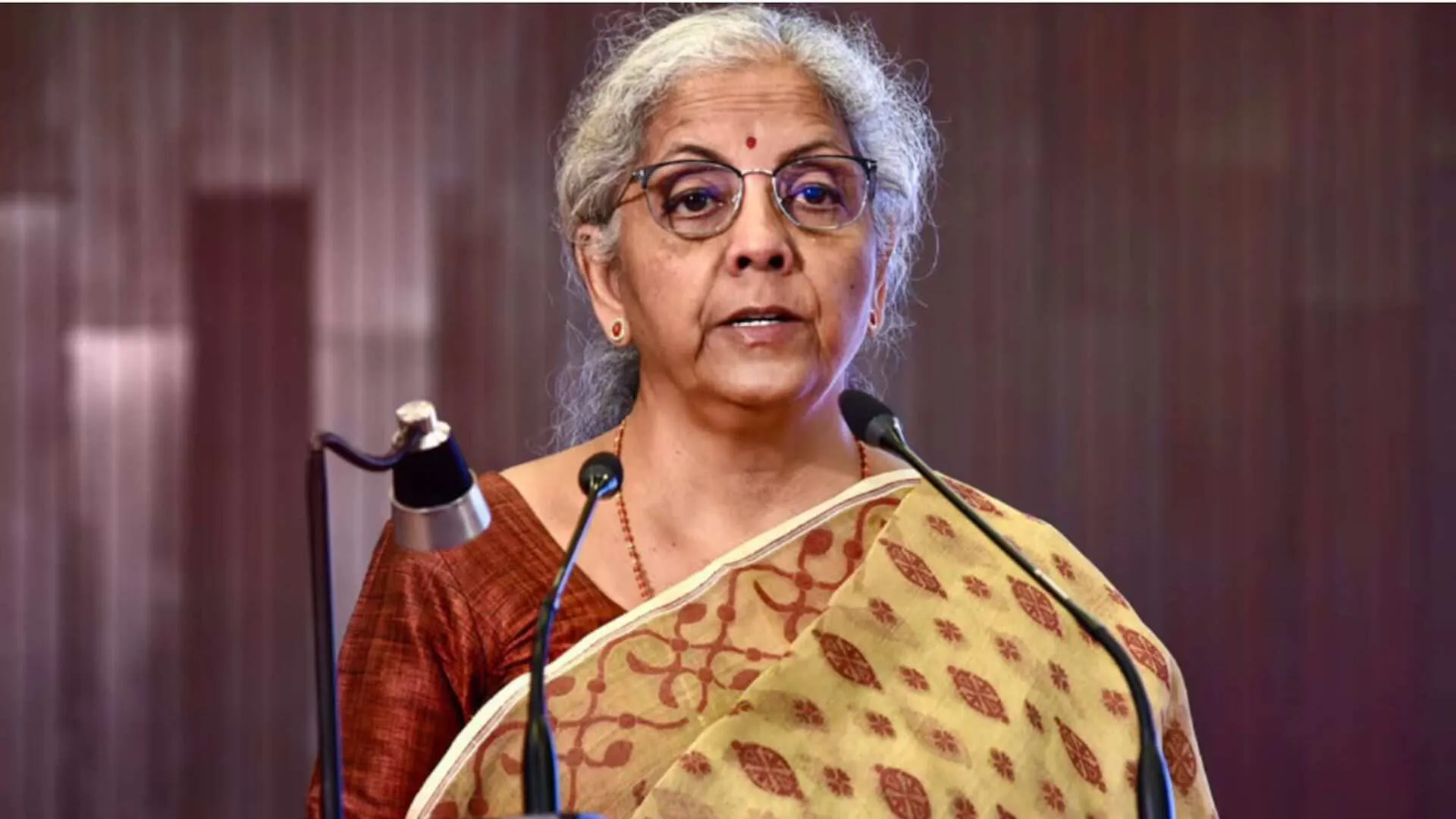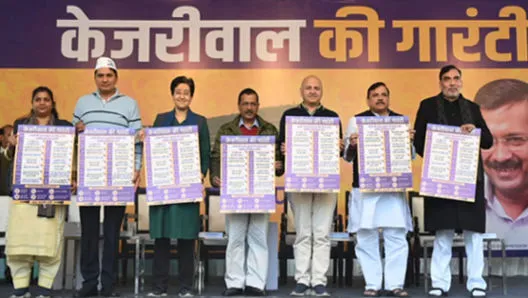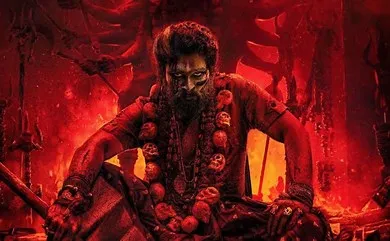A lazy Sunday was rocked by the news of the young 34-year-old talented Sushant Singh Rajput’s death allegedly by committing suicide, as confirmed by the early reports of the police. As the news spread, sympathies poured in from different corners of the world on social media, TRPs of media channels flew with theories and counter-theories on conspiracy and the dark secret gallows of Bollywood. It also opened up a Pandora’s box for mental health discussions and the need to address depression.
Research suggests that stereotypes about mental illness often stop people from speaking out or seeking treatment. Incidents like these spark the conversations of four main kinds: One that empathises; second that questions; the suggestive third that talks about “keeping in touch” and “asking for a hug”; and the important fourth that is driven by the missing carbohydrates in the proteinbased fad diets of the millennials.
Data shows that in the UK and the US 80% of the suicides are caused due to depression but the demography in India shows a different story. Suicides in India are impulsive. To quote Dr Soumitra Pathare, who drafted India’s mental health law, “Half the suicides in India do not have a diagnosable mental illness.” In fact, a deeper study shows that in India suicide victims are more distressed than depressed.
Albert Camus had once said, “There is only one really serious philosophical problem, and that is suicide. Deciding whether or not life is worth living is to answer the fundamental question in philosophy. All other questions follow from that.” Everyone answers the question in his way.
Hence, my take is that change in the ecosystem and the community you belong to at large are the key interventions required to tackle suicides as a whole. That drives us down to Bollywood and how the ecosystem is responding to carve heroes out of the ordinary and reject the “unfit”. Only the unfit more often are the talented, hardworking outsider.
This is what I call the “Sushant Singh Syndrome” — the Quintessential Outsider who was a smalltown boy from Bihar with big dreams, big talent, and grit to not toe the line. He had everything from the outside — dreams, success, money, women and future — yet, for everyone else in the industry he was a crossover, a television star who did not belong to the world of movies.
I have been an outsider to the field of politics and can vouch for the fact that as an outsider you only have two choices: one to follow the rules set by the nexus of settled, nepotism-driven dominant cartels, or be an outlier creating a distinct personal-spiritual path of success. The second, however, needs immense strength of mind and body and an attitude to accept failure, because that comes often and fast.
Though what I call as the Sushant Singh Syndrome is relevant for nearly all sectors — politics, construction, businesses but Bollywood stands out because stars are always under incessant media and public glare. Failure usually comes as a lifelong stamp and success and fame have a price tag that includes a great body, expensive lifestyle, party invites, and social acceptance.
The Bolly-Nexus consists of 50-year-old production houses, PR firms, paparazzi, financiers, distributors, and elite families that have ruled the city of dreams for years. Any “Outsider” that tries to fit-in, relying merely on talent, is an outcast and reminded time and again of his “unbelongingness” to the fraternity.
One of the counter-reactions to this debate is the acceptance of various socalled outsiders, the King Khan who in all sense is the breakout superstar of all times, or Akshay Kumar, or for that matter Sonu Sood.
Follow their journeys closely and you will find out how they became a part and parcel of the nexus and secured their seats to gain their powers to veto. Unfortunately, from casting to counting crores at the box office is governed by this nexus.
Creating barriers of entry for competitors is a longdrawn management principle; it is when unfair means are used to curb competition — cartels are formed. The Ravishing Divya Bharti fell prey to the same nexus that first celebrated the uprising and then witnessed the downfall of Jia Khan. But we have seen a few survivors too: Priyanka Chopra who saw a fallout with the nexus created a distinct niche path for herself which left even the privileged in awe of her. Many others have kept a safe distance from this nexus but had to create parallel production and distribution channels. The Shetty-Devgan pair has been a good example of this. Most, however, try to either fit-in or keep them in good humour.
Sushant was a simple young man; he was an engineer who had dreams and plans beyond films, his bucket list included sending underprivileged children to NASA; his assets apart from a Maserati included a telescope; his memorable acts apart from playing M.S. Dhoni included playing a Samaritan who a donated a sum of Rs 1 crore for the Kerala floods.
He was hugely successful in the eyes of the segment he came from who saw him rise from nothing to the top, but could not audition his way to the privileged class.
The story of Sushant Singh Rajput is over but the show will go on. The curtains have been drawn on the struggles of another outsider but the Sushant Singh Syndrome will stay on and haunt others like him who want to make a mark but does not fit in.
The author is a politician, entrepreneur, tech enthusiast, blogger, columnist, TEDx speaker, SDG and government policy expert.






















